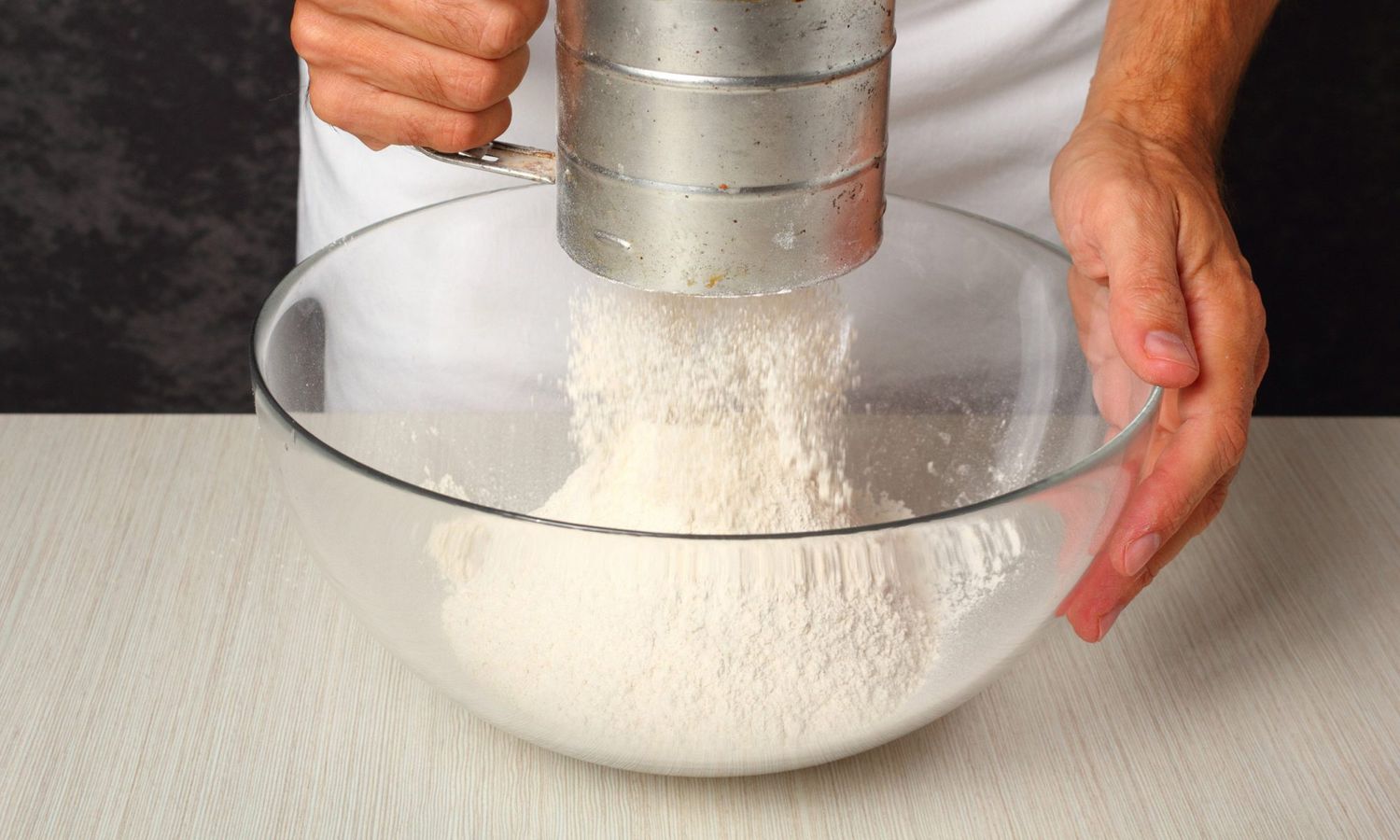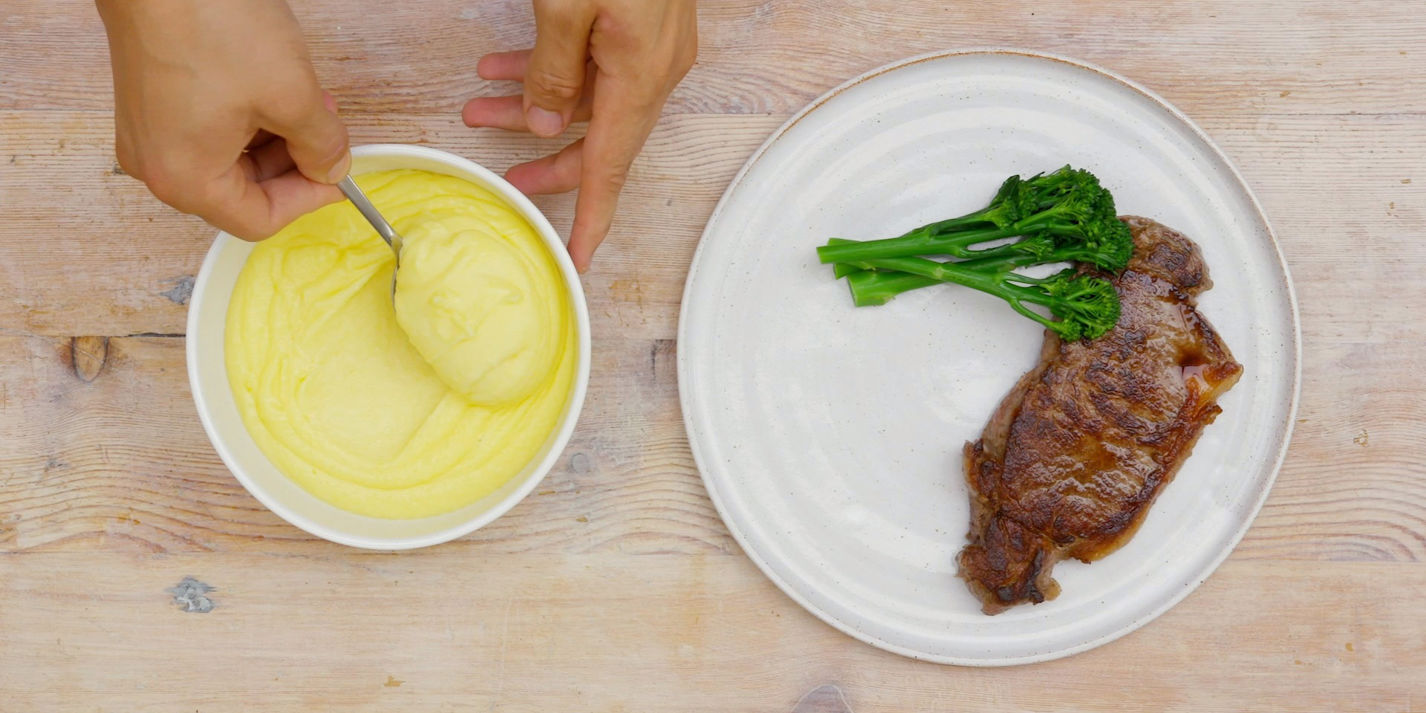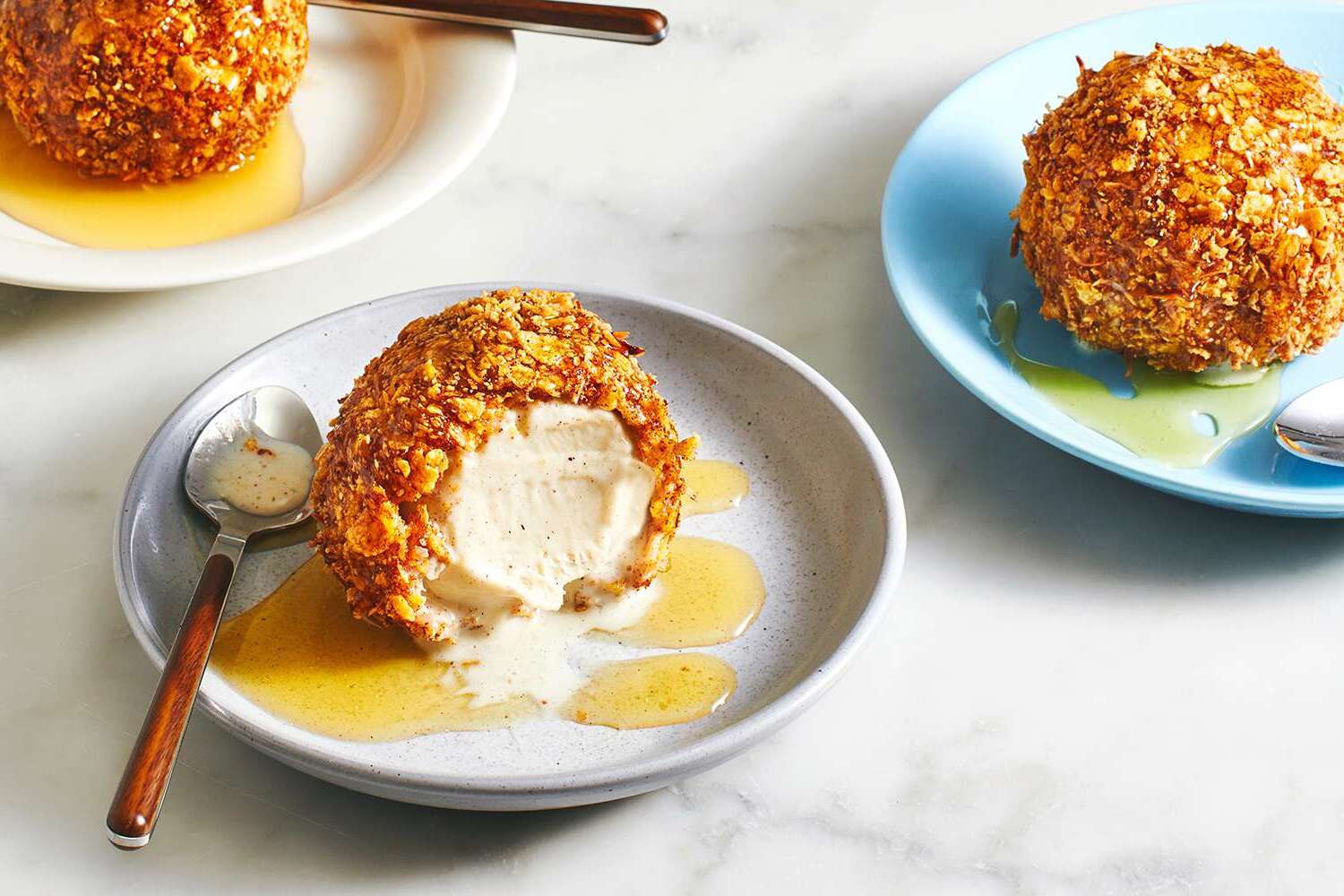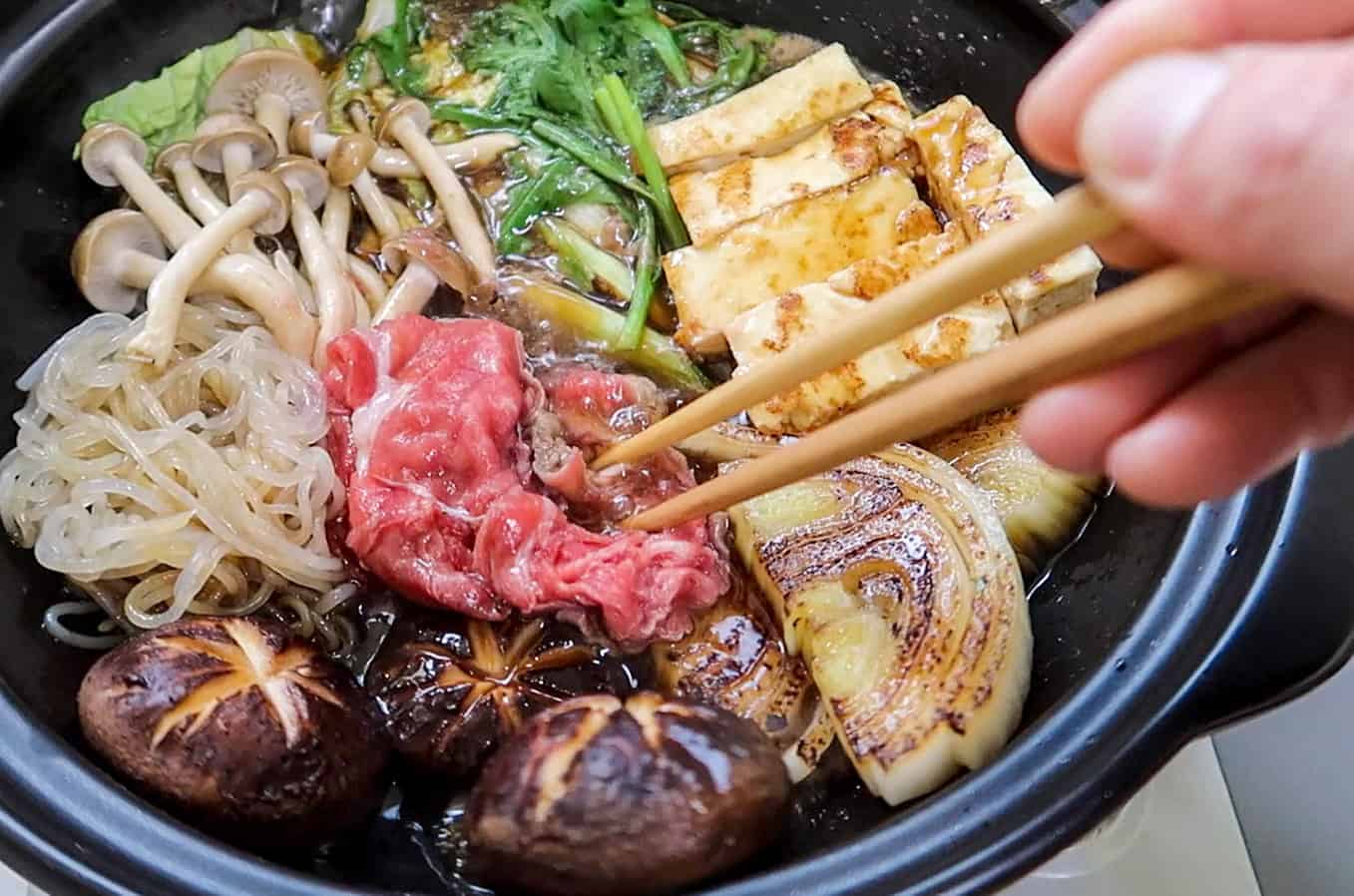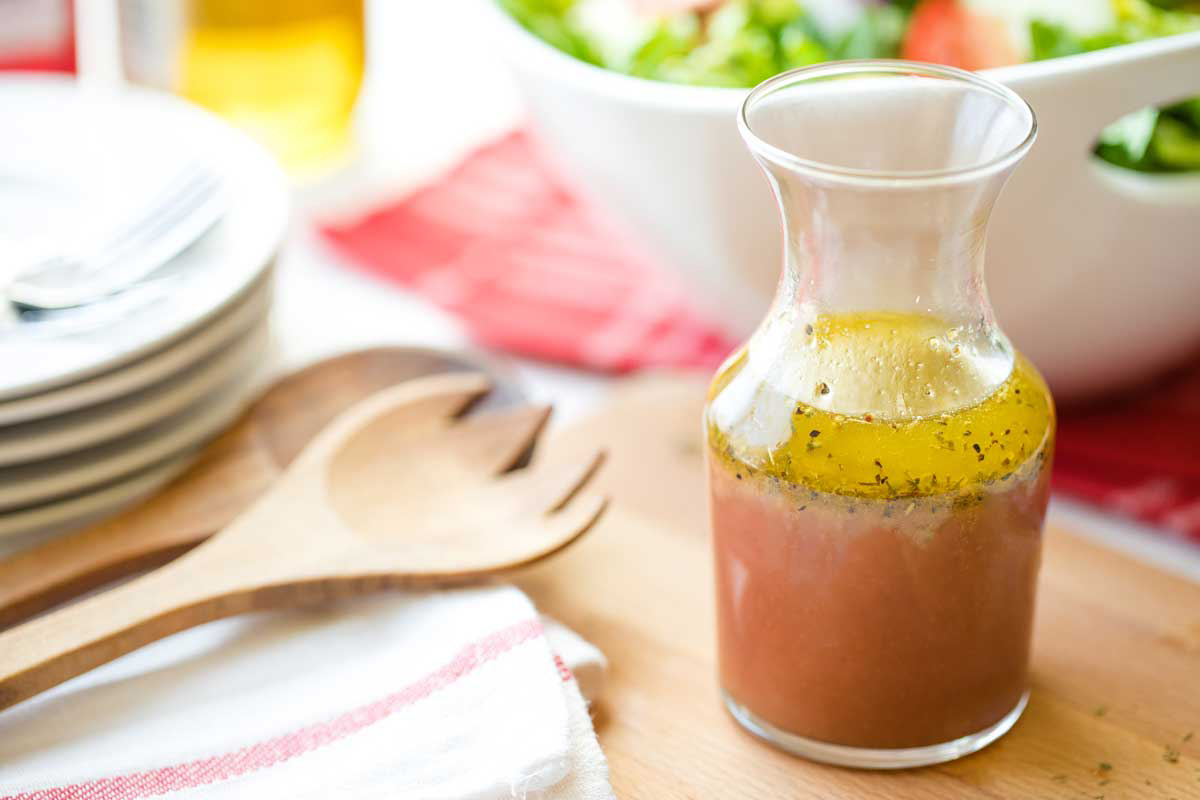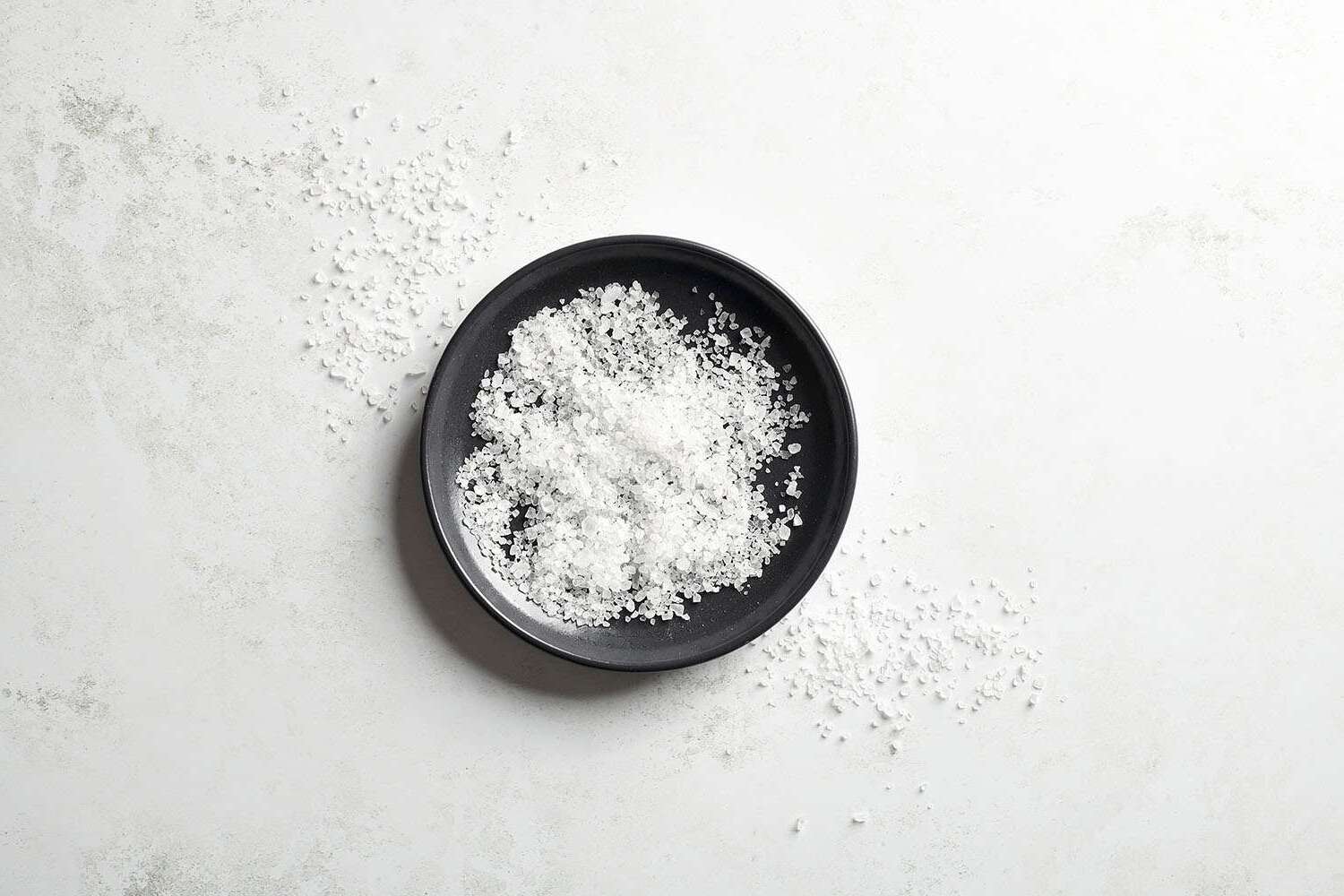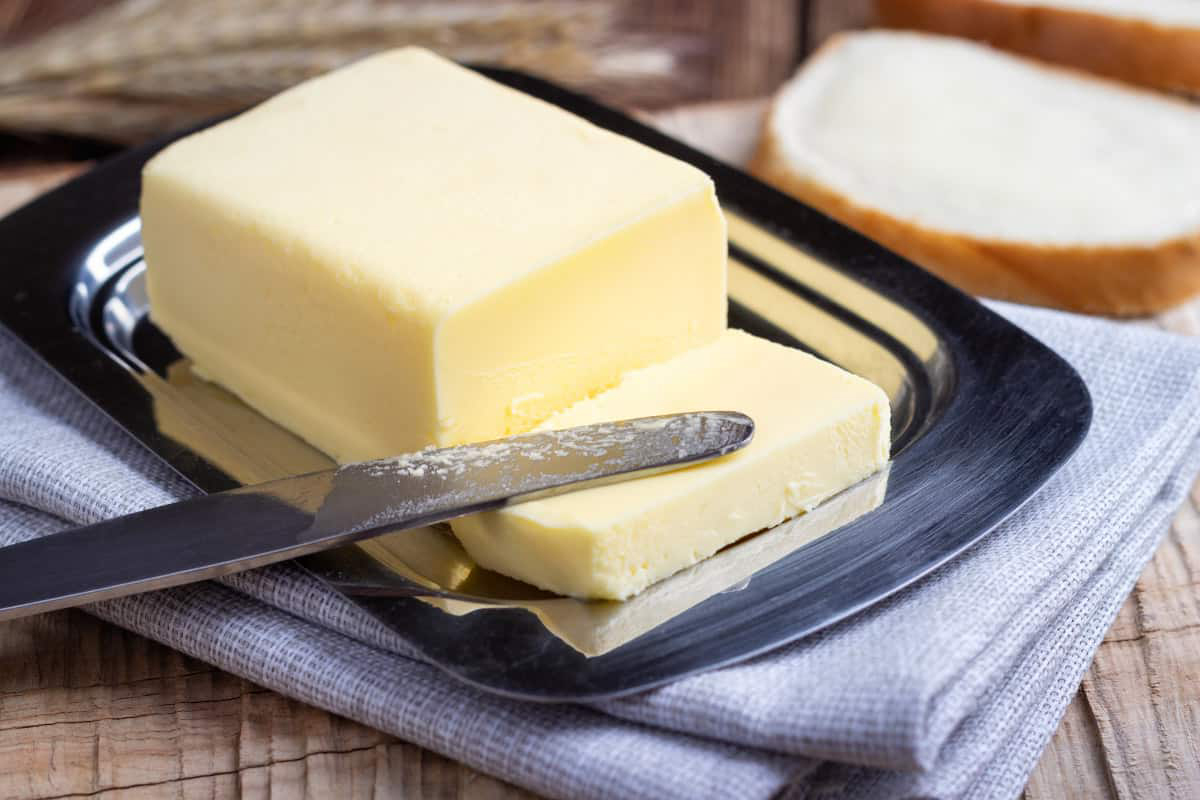Exploring the Delightful World of Japanese Restaurant Salad Dressing
Japanese cuisine is known for its unique and flavorful dishes, and one of the standout elements of a Japanese meal is the salad dressing. When dining at a Japanese restaurant, you may have noticed that the salad dressing served with the fresh greens is unlike any other. It’s creamy, tangy, and bursting with umami flavors that perfectly complement the crisp vegetables. But what exactly is Japanese restaurant salad dressing, and what sets it apart from other types of dressings?
The Ingredients
Japanese restaurant salad dressing typically features a blend of ingredients that create a harmonious balance of flavors. While recipes may vary from one restaurant to another, some common ingredients found in Japanese salad dressing include:
- Sesame oil: This imparts a nutty and aromatic flavor to the dressing.
- Rice vinegar: Adds a tangy and slightly sweet note to the dressing.
- Soy sauce: Contributes a savory and salty element to the mix.
- Mirin: A sweet rice wine that lends a subtle sweetness to the dressing.
- Ginger: Freshly grated ginger adds a hint of warmth and spice.
- Miso: A fermented soybean paste that provides depth of flavor and richness.
The Flavor Profile
Japanese restaurant salad dressing is prized for its well-balanced and complex flavor profile. It manages to be creamy, tangy, and savory all at once, making it a perfect accompaniment to a simple green salad. The umami-rich ingredients such as soy sauce and miso contribute to the depth of flavor, while the sesame oil and rice vinegar add a delightful contrast of nuttiness and acidity.
How It’s Used
Japanese restaurant salad dressing is most commonly served with a simple salad of mixed greens, shredded cabbage, and perhaps some thinly sliced cucumbers. The dressing is drizzled lightly over the salad, enhancing the freshness of the vegetables without overpowering their natural flavors. It’s a testament to the Japanese culinary philosophy of allowing the ingredients to shine while adding just the right amount of seasoning to elevate the dish.
Making It at Home
If you’ve fallen in love with the flavors of Japanese restaurant salad dressing, you’ll be delighted to know that it’s relatively easy to recreate at home. With the right ingredients, you can whip up a batch of this delectable dressing to enjoy with your homemade salads. There are countless recipes available online, allowing you to customize the dressing to your taste preferences.
Final Thoughts
Japanese restaurant salad dressing is a true standout in the world of salad accompaniments. Its unique blend of flavors and creamy texture make it a beloved addition to any salad. Whether you’re dining at a Japanese restaurant or preparing a meal at home, this dressing is sure to elevate your salad experience to new heights.
Next time you enjoy a fresh, crisp salad with that unmistakable Japanese flair, take a moment to appreciate the artistry behind the dressing that makes it all come together.
Was this page helpful?
Read Next: What Is An Easy Cowboy Caviar Recipe
Mfastx
https://mvpboosting.com/lol-elo-boosting/
